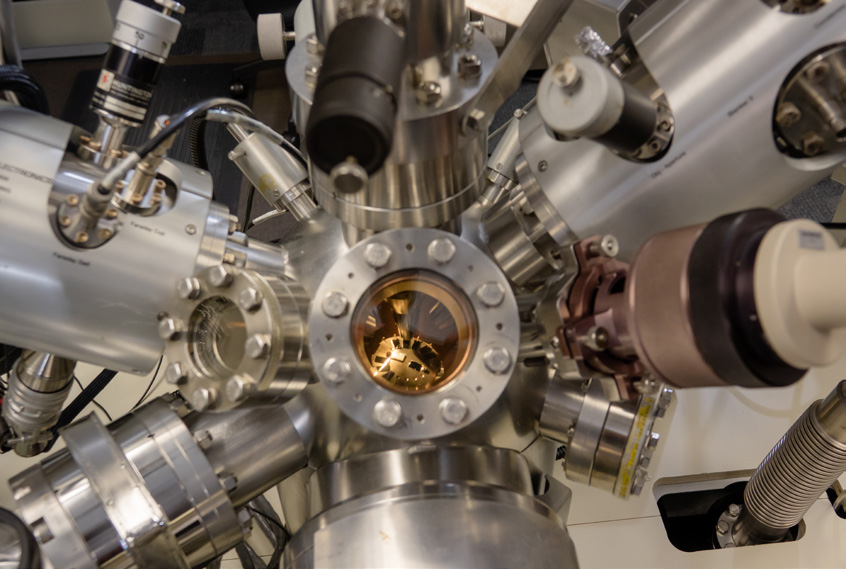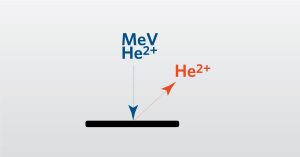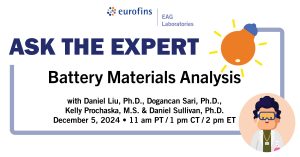
Support for Complex and Challenging Product Liability Litigation
Product liability cases have many complexities and challenges and require top-notch legal services. Navigating the intricate details of these cases requires not only legal insight but also specialized expertise in various technical and regulatory domains.




